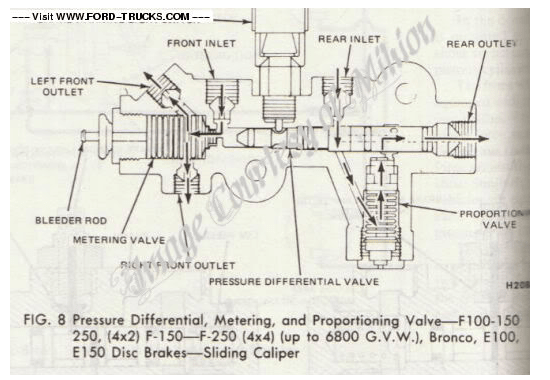The attached pdf is a page from some SAE paper from the very early 1960s.
Author is the Corvair's chief designer,. K. H. Hansen.
I don't believe I've ever seen another recommendation that rear wheels should lock up before the fronts.
I wonder if it really was a 1960s thing, or if K.H. Hansen had at most a curiously limited willingness to cater to average drivers' skills.
Author is the Corvair's chief designer,. K. H. Hansen.
I don't believe I've ever seen another recommendation that rear wheels should lock up before the fronts.
I wonder if it really was a 1960s thing, or if K.H. Hansen had at most a curiously limited willingness to cater to average drivers' skills.

